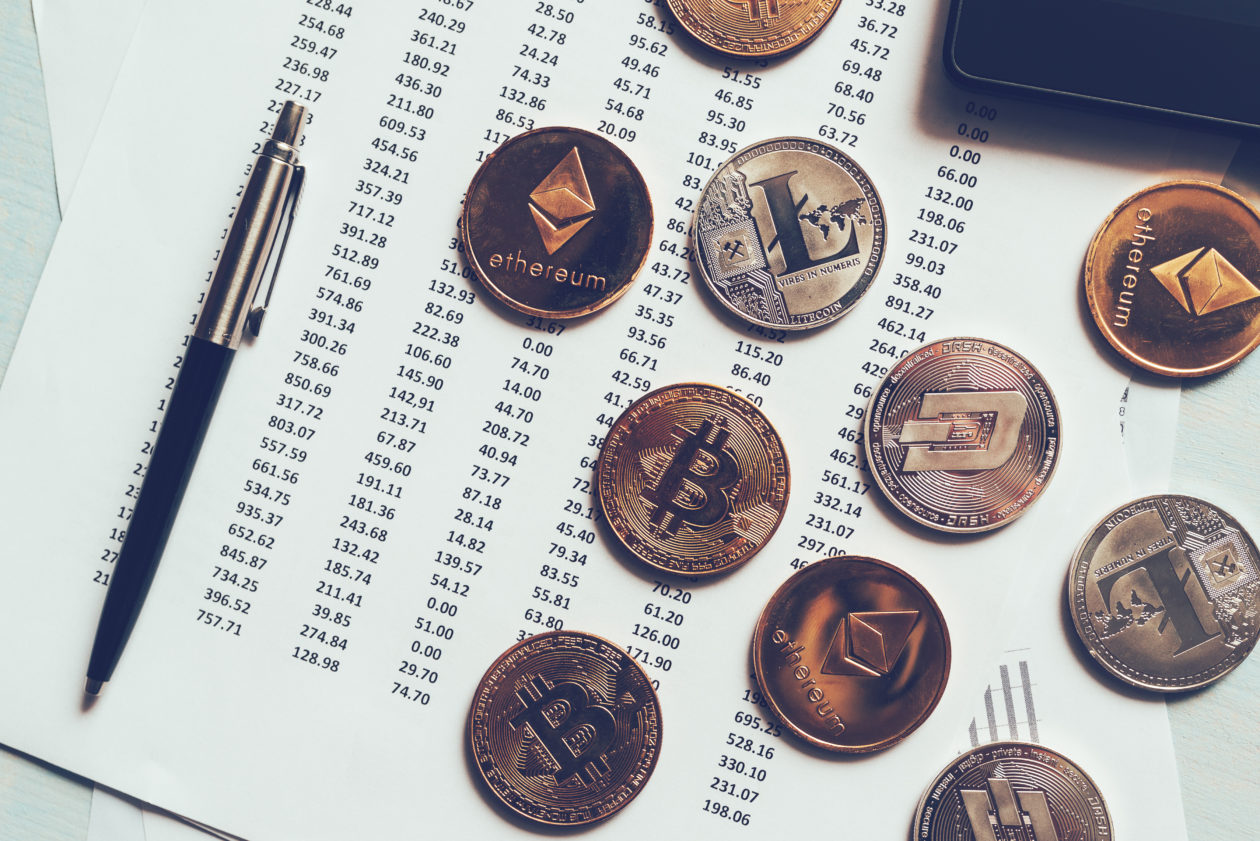Recent intervention by regulators in the U.S. and China has made for difficult times for the decentralized finance DeFi sector, but it highlighted again the need to communicate the value that DeFi brings to business and finance, and to allay concerns about the risks.
DeFi is an exciting, rapidly growing corner of the cryptocurrency and blockchain world. It aims to remove human involvement from financial services by using smart contracts that democratize financial services, lower costs and improve access. Its popularity is growing sharply as organizations ranging from startups to traditional banking institutions recognize the value it brings.

Yet, as with all financial services, DeFi is accompanied by risk. The question is: how risky is DeFi and is that risk any greater than elsewhere in the financial services sector?
The regulators evidently see risk. Last month, the U.S. Securities and Exchange Commission (SEC) blocked a new digital asset product from Coinbase called Lend, having determined that it is a security and therefore under its regulatory authority. Later in the month, the People’s Bank of China cracked down on cryptocurrencies and crypto exchanges, declaring that all trading and other activities related to digital coins are illegal.
SEC Chair Gary Gensler commented that “a lot of people are likely to get hurt,” without investor protections of banking, insurance, securities laws and market oversight. His urging of Congress to allow regulators greater oversight of crypto exchanges suggests he wants a much tighter grip.
In China, meanwhile, the government clearly wants greater control as it paves the way for its own central bank digital currency (CBDC), the digital yuan.
Stablecoins support interconnection between DeFi and banking sectors
As Mr. Gensler considers the risks, particularly for small investors, it is incumbent on the DeFi industry to demonstrate that those risks are negligible — and certainly no greater than those elsewhere in the financial services sector.
DeFi operates like a machine. In essence, a smart contract sets out specific instructions — such as where to send your funds, where to invest and how to calculate interest — and then delivers it. DeFi does what it says on the tin and nothing else. It’s reliable and highly efficient. Provided the investors are happy with that, all’s good.
The reality is that traditional banks are also beginning to offer DeFi services to customers in search of higher yields. The banks have reluctantly started looking at this on behalf of clients with a greater risk appetite.
A lot of DeFi uses crypto assets as underlying assets and it’s no secret that these assets are hugely risky and volatile. That is why DeFi also uses stablecoins. If you use a stablecoin for a DeFi product, it eliminates exposure to cryptocurrency risk. You basically exchange a dollar for a stablecoin and it will give back whatever is agreed in the smart contract. It is rules based and completely transparent.
Stablecoins are an alternative to CBDCs. For stablecoins, Tether, Circle and other companies produce tokens that they claim are backed by their own reserves of central bank money. With CBDCs, the central bank issues digital tokens directly. Banks, companies and regulators are still exploring these options.
Central banks have the choice of issuing a CBDC alone, issuing a CBDC alongside stablecoins, or simply enabling stablecoins to proliferate. Centrally managed regimes are more likely to follow the pure CBDC route, while free market economies may veer towards a regulated, competitive stablecoin environment.
Stablecoins underlying reserves a concern
If stablecoins eliminate the cryptocurrency risk, why all the fuss about them?
First of all, there’s no standardized way for stablecoins to disclose the assets that back them. Second, there are concerns about the providers of stablecoin solutions, private companies such as Tether and Circle, the two largest ones, both of which are under scrutiny over governance.
Tether’s market capitalization is more than $60 billion — by far the biggest — but there’s little transparency about what sort of backing it has. When under investigation in New York over the disappearance of hundreds of millions in funds in 2019, it disclosed that it was only 74% backed.
New York Attorney General Letitia James described Tether’s claims that its virtual currency was fully backed by US dollars as “a lie.” Tether is barred from doing business with anyone in New York. In August this year, Tether stated that it “has always been fully backed,” but didn’t share any detail.
That old saying that there’s no such thing as bad publicity has a few exceptions and this is certainly one of them, not just for Tether, but for the market as a whole. After all, it’s a reputational and confidence-eroding issue for cryptos, stablecoin and DeFi.
Circle is smaller with more secure backing. There is still little transparency, but it is known to manage its reserves well, something documented and audited by third parties. However, it too is being investigated by the SEC.
Right now, there is no standardized way for stablecoins to disclose the assets that back them. So, the most likely way forward to reduce risk is for the SEC and its peers elsewhere to regulate the stablecoin providers. This is almost inevitable because those reserves will have to be watched and there will have to be some guarantees against them. It would reduce risk and boost liquidity.
DeFi link to financial system crucial now, but set to loosen
Liquidity is crucial. For DeFi it comes originally from a link with the established financial system, although over time much of the liquidity is held within the cryptocurrency world. In order to enter cryptocurrency, investors take money from their bank accounts, deposit it with crypto exchanges and buy stablecoin or other tokens. Then later, they may come back to their bank when they wish to exit the tokens.
We see a lot more money going into the tokens than coming out — this is evident in the prices. It looks as though a lot of investors and other organizations wish to stay in the crypto world as longer-term speculation, and to eventually conduct business through it.
There are risks in the crossover between DeFi and traditional banking. If you want to cash out of crypto, you have to do so at an exchange — the same as when buying the crypto. The exchange can convert it into dollars or euros, for instance, but that ultimately will be through a traditional bank account. The risk is that the banks can decline their services to crypto exchanges — they have done so before. One reason would be if they don’t know where the money comes from, an important factor as they try to clamp down on money laundering and other nefarious activities.
However, banks can have specific requirements, such as identifying all people who have accounts with the exchange. They can also run checks on transaction histories. And while you cannot trace all transactions because some are anonymous, there are tools that financial institutions can use to try and understand where the money has been. In the developing DeFi market, there is awareness and openness about this issue, and it is not an insurmountable problem.
Concerns about consensus purely theoretical
Theoretically, it is possible for consensus failures to occur in the transaction validation process, but on well-established protocols such as Bitcoin and Ethereum, they are almost non-existent.
A big selling point for DeFi is that by eliminating human intervention and oversight, it lowers cost and reduces entry friction. But this has raised concerns that, while the old form oversight would go, a new form could be needed and may actually be more expensive. Ultimately, peace of mind here will come from understanding the functionality available with DeFi.
Solutions already appearing in DeFi are completely digital, fully automated and simply not in need of people to oversee them. It means they are much more efficient, offering substantial cost savings while adding far greater agility.
DeFi is achieving something truly novel: it is facilitating financial services business model experimentation and evolution in a very short time frame. Our traditional financial system evolved over centuries, treading on numerous banana skins in the process, but DeFi has grown over a few short years allowing far more rapid institutional innovation, along with trial-and-error experimentation.
The risks associated with DeFi are very low, but often overstated. Mr. Gensler at the SEC will need to regulate. Companies like Circle will be new banks of tomorrow and will need regulation. That appears to be the way forward.





